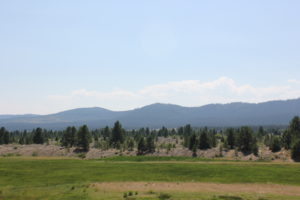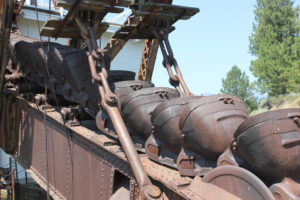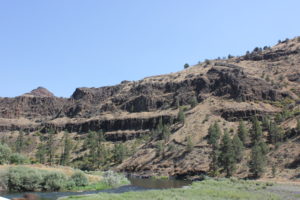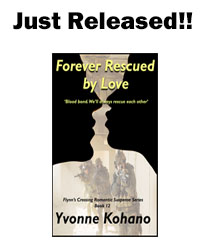 Distances between houses often number in miles. A single spread may sit in a valley, surrounded by mountains and hills. Few trees dot the landscape, offering cattle and horses little escape from the summer heat. Bighorn sheep scamper up the rocks. Deer meander across the roads. Bald eagles perch on tree snags, surveying the rivers and streams for likely meals. Small towns hold a single store carrying the basics and maybe a gas station. Major shopping waits for the long drive to a city, an hour or more away on a clear day. It’s easy to forget that Oregon is largely a rural state, relying on livestock, agriculture, forestry and wilderness for survival. Take a map, because often, your nearest cell tower is further than the faraway hills.
Distances between houses often number in miles. A single spread may sit in a valley, surrounded by mountains and hills. Few trees dot the landscape, offering cattle and horses little escape from the summer heat. Bighorn sheep scamper up the rocks. Deer meander across the roads. Bald eagles perch on tree snags, surveying the rivers and streams for likely meals. Small towns hold a single store carrying the basics and maybe a gas station. Major shopping waits for the long drive to a city, an hour or more away on a clear day. It’s easy to forget that Oregon is largely a rural state, relying on livestock, agriculture, forestry and wilderness for survival. Take a map, because often, your nearest cell tower is further than the faraway hills.
(See Oregon Trail, Part 1, here.)
Reverse Migration to Ranching
 Gold was discovered in northeastern Oregon in the 1860’s. Many Oregon Trail men in Portland and Astoria returned with the hope of striking it rich. When the easy mining ran out, some of those explorers took a hard look at these valleys. Necessary water was plentiful. Homesteading acts made land available. Open grazing for cattle and sheep was abundant. Little by little, the land was settled, and ranching and farming took over the otherwise barren hills.
Gold was discovered in northeastern Oregon in the 1860’s. Many Oregon Trail men in Portland and Astoria returned with the hope of striking it rich. When the easy mining ran out, some of those explorers took a hard look at these valleys. Necessary water was plentiful. Homesteading acts made land available. Open grazing for cattle and sheep was abundant. Little by little, the land was settled, and ranching and farming took over the otherwise barren hills.
It’s not difficult to imagine what those first settlers faced. They broke hard ground for housing, which they built from the sparse trees. They fenced land, using piles of rocks to secure barbed wire, once they got around to that. Families were raised. Towns were built. Trade routes evolved. Each season had a cycle and each year it repeated. Some summers were more productive than others. Some winters trapped them for months with no contact from the outside world.
Can you envision what it must have been like, early on, for a child born into these families? The expectation that you’ll take over the ranch someday is a given. Your life and career are set. You’ll brand calves and lead the herd to the high country for summer grazing, and hope you catch them all when it’s time to return in the fall. Fences don’t mend themselves, and there are hundreds of miles of those. A drought year could mean water levels are low and you might not be able to irrigate the hay. Those are the lean years, when you hope nothing important breaks down.
And yet, these families stayed. Today, 1,181 farms or ranches have registered with the Oregon Century Farm & Ranch Program, in recognition of continuous operations kept in the same family for over 100 years. Thirty-eight have reached 150 years or more. This isn’t a stress-free life, though it’s easier than it once was. People still work hard, relying on other families to share large jobs, like harvests and brandings and moving herds. Investments in the ranching business require deep pockets.
 Mechanization and technology help, and I wonder if that doesn’t make the work more difficult, because it expands complex opportunities. Land that might be difficult to ride to on horseback could be made easier by ATV or helicopter. Relying on water control via GPS and sophisticated sensors doesn’t mean you could take anything for granted. Technology breaks and computerization fails.
Mechanization and technology help, and I wonder if that doesn’t make the work more difficult, because it expands complex opportunities. Land that might be difficult to ride to on horseback could be made easier by ATV or helicopter. Relying on water control via GPS and sophisticated sensors doesn’t mean you could take anything for granted. Technology breaks and computerization fails.
I didn’t get a chance to ask anyone about what it’s like today, despite the predominant footwear of dusty boots everywhere I turned. These folks were busy, up and on the road before sunrise, rounding up animals for shipment, and moving semis full of livestock, after a big pick-up hauling saddled horses in a trailer, of course.
What historical stories with a modern twist have you run across that would make great background fodder for a fiction book?
